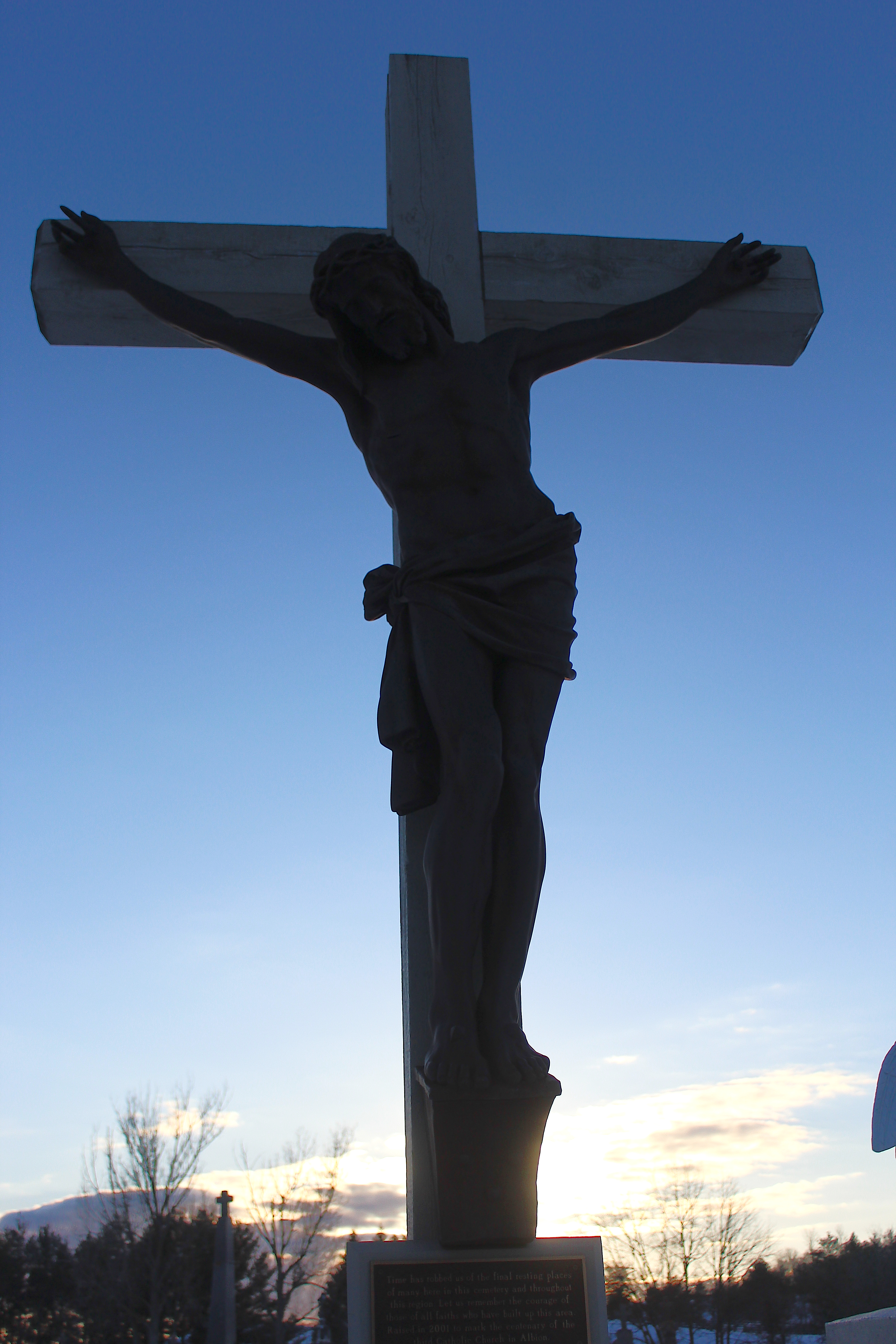- Home
- Sacraments at St. John's
- Our Community
- Our Faith
- Parish Life
- Bulletin
- Advent & Christmas
- Search

About the history of the Roman Catholic Church - pt 4 - The Growth of Christianity
The first 5 centuries of Christianity were a time of steady growth for the Church.
1st to 3rd centuries, AD:
- The First Christians
Early Christian communities were firmly united, but organization was minimal. Their primary work was missionary - sharing the faith. St. Paul, the "13th Apostle", was the age's greatest missionary. During the 1st century AD, Christianity spread to many parts of the Roman Empire.
- Break with Judaism
Formed in Jerusalem, the Christian Church was considered a Jewish sect. But as followers increased, especially among the Gentiles, beliefs and practices gradually differed. By the 2nd century, Christianity had taken root as a separate religion.
- Official Acceptance
Despite initial opposition and persecution by the Roman government, Christianity prevailed. In 313, Emperor Constantine made it a legal religion. In 380, during the reign of Theodosius, Christianity became the official religion of the Roman Empire.
2nd to 4th centuries:
- Organization
Church councils began to define doctrine in response to internal disputes and heresies. The Nicene Creed, a statement of faith, was adopted. Fundamental practices and structure were also established. Many important leaders emerged during this period.
-
- Bishop Ignatius of Antioch - in his writing the term "Catholic" first appears.
- St. Augustine - his Confessions, which discussed God's gift of grace, is still influential today.
5th to 10th centuries:
- Mission to the Barbarians
Missionaries worked to convert pagans in northern, western and eastern Europe, laying the groundwork for Catholic civilization that would extend throughout Europe in the Middle Ages.
- The Papal States
In 754, a portion of Italy was designated the Pope's realm, and he became a temporal ruler as well as a spiritual leader.
9th to 11th centuries:
- Lay Investitures
Noblemen customarily appointed bishops, "lay investitures". This system eventually led to problems in the Church, such as a decline in the quality of priests and bishops. Later this custom was abandoned.
- The First Schism
About 1054, the Church divided into the Roman Catholic and Easter Orthodox Churches, due to growing cultural and political differences and some differences in beliefs.

